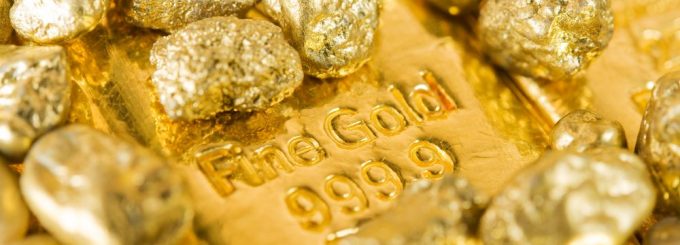The History of Private Gold Mints

While most expert and amateur coin collectors are familiar with major institutions such as the Royal Canadian Mint and U.S. Mint, for long periods of time gold coins were actually struck at private mints, and these institutions still exist today.
Origins of Private Gold Mints
With the existence of major institutions such as the U.S. Mint, one might wonder why there is a need for private mintages. Part of the reason is because of the distances that existed between gold mines and the major mintages. This created an environment where enterprising individuals would be able to profit from creating their own coins before the Congress could authorize official coinage. Because technology in the Old American West wasn’t as advanced as it is today, it could take months (or even years) for official coinage to circulate, creating an opportunity for private coins to facilitate commerce.
Famous Private Gold Mints
While many of the private gold mints that existed during the 1800s have long been forgotten, there are some which have endured, and their coins are still held today by collectors. Examples of such mints include:
Moffat & Company
This mint was founded in the aftermath of the 1849 gold rush in California. Their work played a key role in attracting settlement both within the Golden State and the American Southwest itself. Once gold was found in Sutter’s Mill, large numbers of people traveled by ship (via South America) or land to gain newfound riches for themselves.
The Moffat operation was distinctive for its ability to form gold into coins and ingots as well as assay its purity. They issued rectangular ingots which used values pegged to the weights. Their lowest stamp value was for $9.43. Their coins were issued in 1849 and visually have a number of similarities with official $10 eagles and five dollar half eagles. However, upon closer inspection its coronet for its obverse figure doesn’t use the word Liberty, but their company name instead.
The Bechtler’s
This private mint was setup back east by Christian Bechtler in North Carolina. He was a goldsmith as well as watchmaker, and was quick to recognize that one of the easiest ways to make money was by creating money. He worked together with his sons to establish their own regional mint that produced $5 and $2.50 gold pieces, as well as the very first $1 golden piece in the United States. Only a few of these coins have survived to the present day, but the evidence suggests that at the time they were circulated widely although the design was pretty rudimentary. For instance, their coins are devoid of fancy work but do state the purity, names and value.
Templeton Reid
This is another private mint that has its roots in the Southern United States. While California is famous for its gold rush and Nevada is best known for its silver discovery, Georgia had its own gold rush which attracted people to the Peach state, creating fortunes in the process. One example was Templeton Reid, a silversmith and machinist. He started producing coins around the 1830s and though his assays aren’t the most accurate, his coins were popular and widely circulated. While most have long since been melted down, the ones that remain are worth a fortune among diehard collectors.


